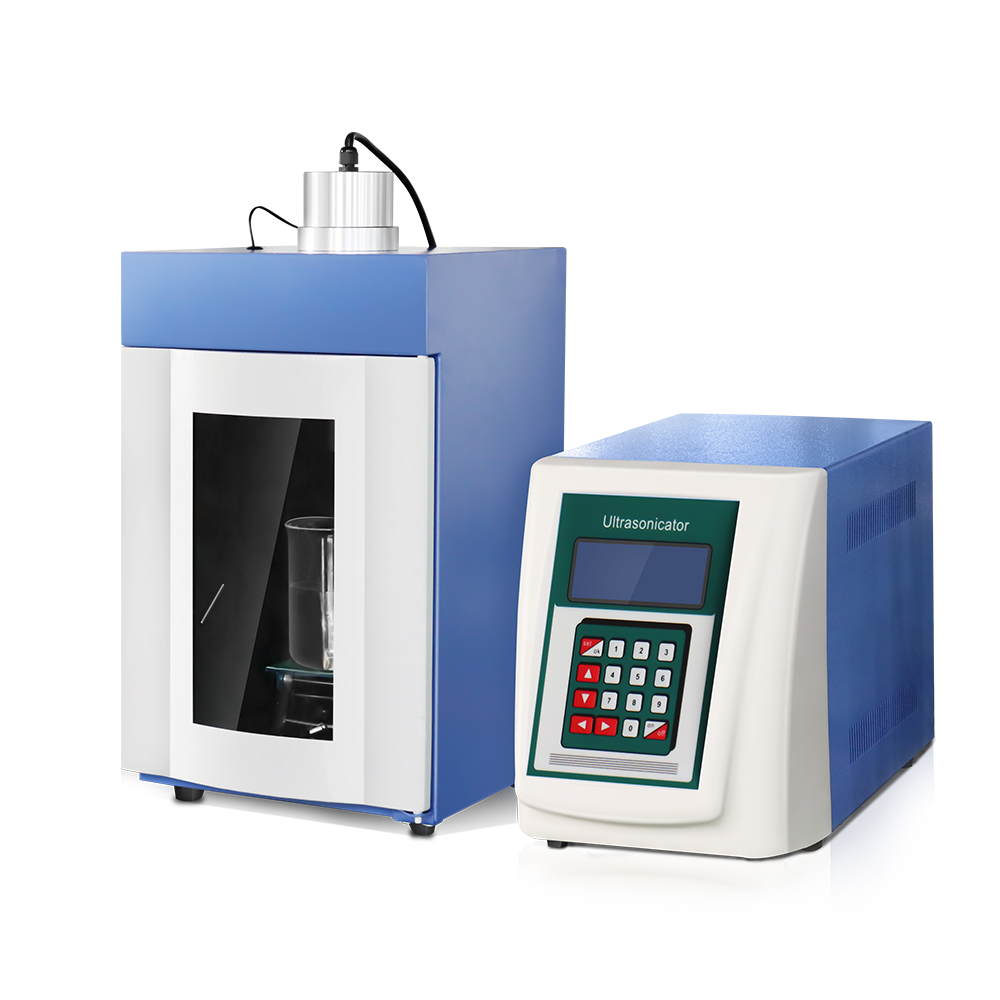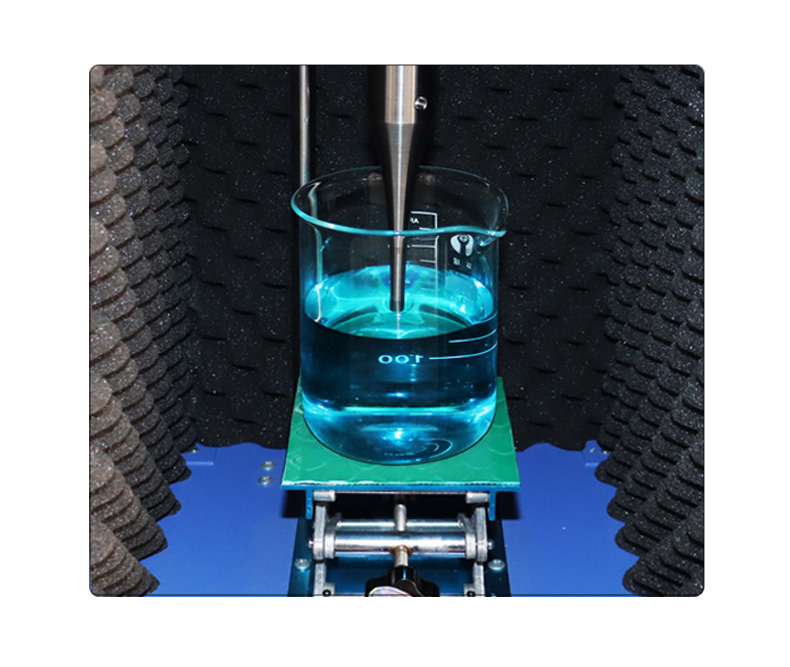Ultrasonic cell disruptor is a common laboratory equipment used for applications such as cell lysis, protein extraction, and sample homogenization. It utilizes the strong cavitation effect generated by ultrasound in liquid to effectively destroy cell walls or other material structures. The following are detailed usage steps and precautions to help you operate the ultrasonic cell disruptor safely and efficiently.
A. Preparation work:
1. Safety protection
Wear protective goggles and earplugs to prevent potential harm to the human body from ultrasound and liquid splashes.
2. Equipment inspection
Confirm that the equipment and all components are intact, especially whether the probe is clean and undamaged.
Check the power supply and connecting wires to ensure that the power is connected properly.
3. Sample preparation
According to the experimental requirements, prepare the samples and place them in appropriate containers. The sample volume should not be too large to avoid affecting the crushing effect.
B. Operation steps:
1. Install the probe
Select a probe of appropriate size and securely connect it to the host.
Insert the probe into the sample liquid to a suitable depth, typically 1/2 to 2/3 of the sample volume.
2. Set parameters
Power setting: Set the appropriate ultrasonic power based on the properties and crushing requirements of the sample. Generally speaking, higher power is suitable for crushing harder or larger cells, while lower power is suitable for gentle processing.
Time setting: Set the ultrasound time and interval time (such as working for 5 seconds and pausing for 3 seconds) to avoid overheating of the sample caused by prolonged continuous ultrasound.
Temperature control: If the sample is sensitive to temperature, an ice bath or cooling system can be used during operation to maintain low temperature.
3. Start the operation
Start the ultrasonic cell disruptor and gradually adjust it to the preset power.
During the ultrasound process, observe the condition of the sample to ensure that there are no obvious bubbles or violent fluctuations in the liquid.
4. End the operation
After reaching the preset time, stop the ultrasonic cell disruptor.
Carefully remove the probe, clean it thoroughly, and store it properly.
C. Precautions:
1. Avoid dry burning
The probe must always be immersed in the liquid to avoid idling, dry burning, and damaging the equipment.
2. Uniform treatment
Ensure uniform distribution of samples during processing to avoid local overheating affecting experimental results.
3. Cooling measures
During high-power long-term operation, timed pauses or external cooling measures should be used to prevent the sample from overheating.
4. Equipment maintenance
Clean the probe promptly after use to avoid damage to the equipment caused by residual samples.
Regularly check the performance of the equipment to ensure its long-term stable operation.
D. Common problems and solutions:
1. Too many bubbles
Reduce power or increase interval time to ensure correct probe position and avoid bubble formation.
2. Sample overheating
Shorten the ultrasound time or increase the pause time, and use an ice bath or cooling system during the operation.
3. Probe damage
Regularly check the status of the probe and replace it promptly if wear or damage is found.
E. Summary:
Ultrasonic cell disruptor/Ultrasonic homogenizer/Ultrasonic cell crusher is an indispensable tool in scientific research laboratories, and its efficient and convenient operation characteristics make it widely used in fields such as biology, chemistry, and materials science. By proper operation and daily maintenance, you can not only improve experimental efficiency, but also extend the service life of the equipment. I hope this guide can help you better use the ultrasonic cell disruptor and provide strong support for your scientific research work.


Post time: Aug-02-2024





